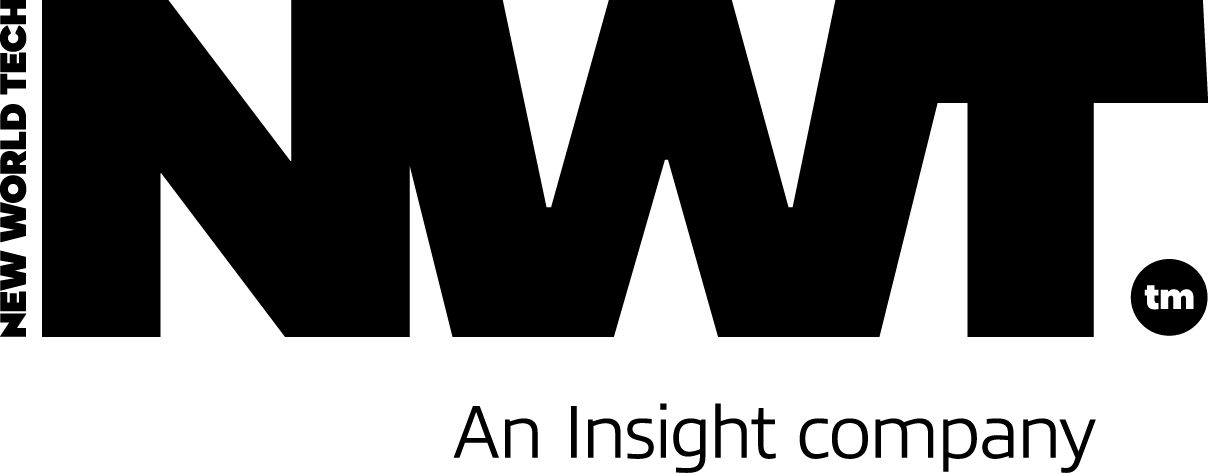SERVICENOW API LED CONNECTIVITY: A NEW WORLD VIEW

In this article, we explore ServiceNow Api led connectivity and shed light on a topic that is on everyone’s radar currently.
Introduction
When you think about how businesses were built in the past, it’s easy to understand why they are so slow to adopt new technologies. In the past, many companies created their own software and hardware, which means that there was a lot of time spent making sure that everything worked together.
Nowadays, companies realise they can save time and money by using APIs instead of building everything from scratch. By using APIs, businesses can quickly access business-critical data and build resilient infrastructure in times of change.
This shift towards API-led connectivity is exciting because it allows companies to future-proof their I.T. infrastructure.
This approach allows businesses to structure these building blocks across different systems, processes and experience layers to achieve greater organisational agility and control over their technology strategy.
An excellent example of how API-led connectivity can improve business operations is when it comes to accessing business-critical data.
Many companies have now adopted ServiceNow to support the delivery of critical business and I.T. processes. Still, in many cases, enterprise customers have other applications that need access to this data. In some cases, new applications can be built using the existing ServiceNow APIs, reducing the need to duplicate or replicate data in the enterprise.
API-led connectivity is not just a technology trend. It is a new way of doing business.
This short post will look at the layered approach to API development when working with ServiceNow.
System Layer
A system API layer provides an interface to one or more underlying systems of records. These APIs can be further subdivided based on the business domain they represent, such as a product or a customer system.
A System API for a domain can contain resources that are accessed via the API and methods like GET, POST, PUT, and DELETE (CRUD) and the related schemas JSON and responses (200, 400, 500, etc).
An example of a system layer API would be to Create, Read, Update and Delete an object inside of ServiceNow, for example, creating a new contact record or updating a CMDB record.
Process Layer
The Process layer orchestrates various data by calling multiple System APIs.
Process APIs aim to encapsulate the business processes for a specific service independent of the source systems from which the data originates.
Process layer APIs include:
- Collation API: This API takes care of merging incoming data into a single stream;
- Divide API: This API divides incoming data into smaller streams;
- Filtering API: This API filters out specific messages based on certain conditions;
- Routing API: This API routes messages to different destinations based on certain conditions.An example of a Process Layer API in ServiceNow would be to use the Automation Center API to deliver a new workflow across two different APIs or external systems, for example, moving documents or extracting content from emails or forms.
Experience Layer
The Experience Layer is the topmost layer of the API stack. It is what the end-user sees. This layer provides an interface to expose data, processes and experiences across various consumer systems with different formats.
For example, our business scenario has a purchase order API that exposes data in JSON format. But we may have another consumer application which only accepts CSV or XML format. In this case, we need to transform the JSON format into CSV or XML format before exposing it to our consumer application.
An example of an Experience layer API in ServiceNow is the Contact API which could be integrated with a chat application that could be a new digital product or solution.
Benefits
In the past, many I.T. projects have been started with a high level of ambition. However, due to technical challenges, lack of resources or simply a change in business requirements, these projects may have yet to deliver what was expected.
An API-led connectivity approach to delivering new services ensures you are on time and within budget, but you will have built the reusable assets by following this approach.
The other key benefit of using reusable assets in the API-led approach is the ability to provide built-in visibility, compliance and governance standards. This enables you to move fast on your new and existing API projects.
Conclusion
The expectation for delivering digital transformation has dropped from years and months to weeks and, sometimes days. The delay in developing a new service might be the difference between cornering a unique market opportunity vs missing out and letting your competitors into this specific market.
To find out more about how we can support you on your ServiceNow Transformation Journey please visit our ServiceNow practice page.


